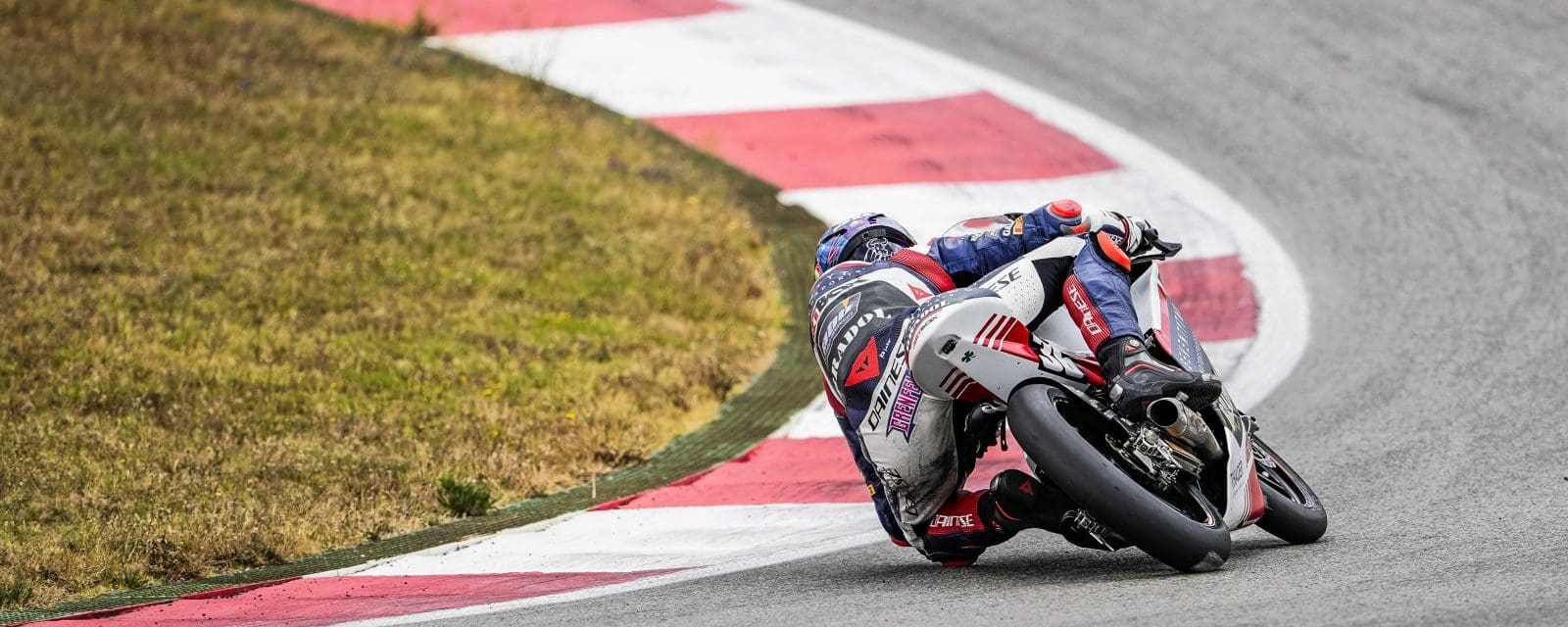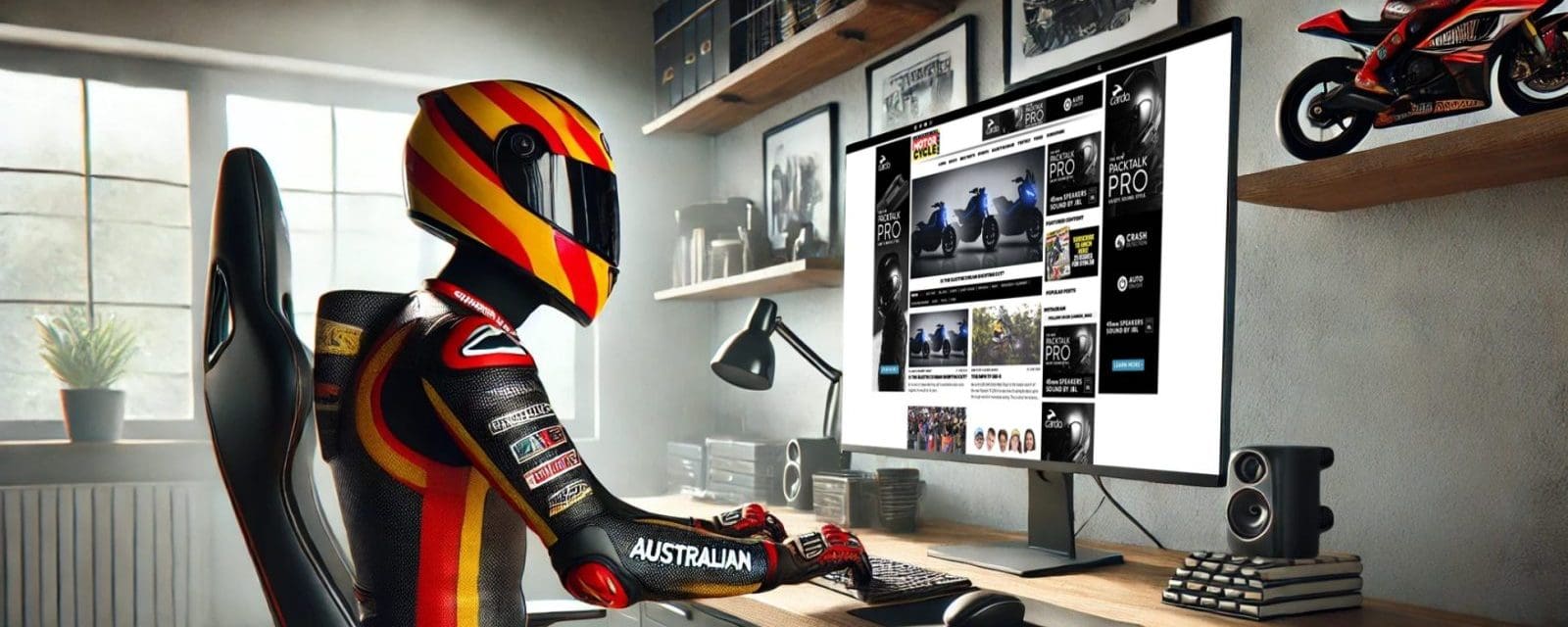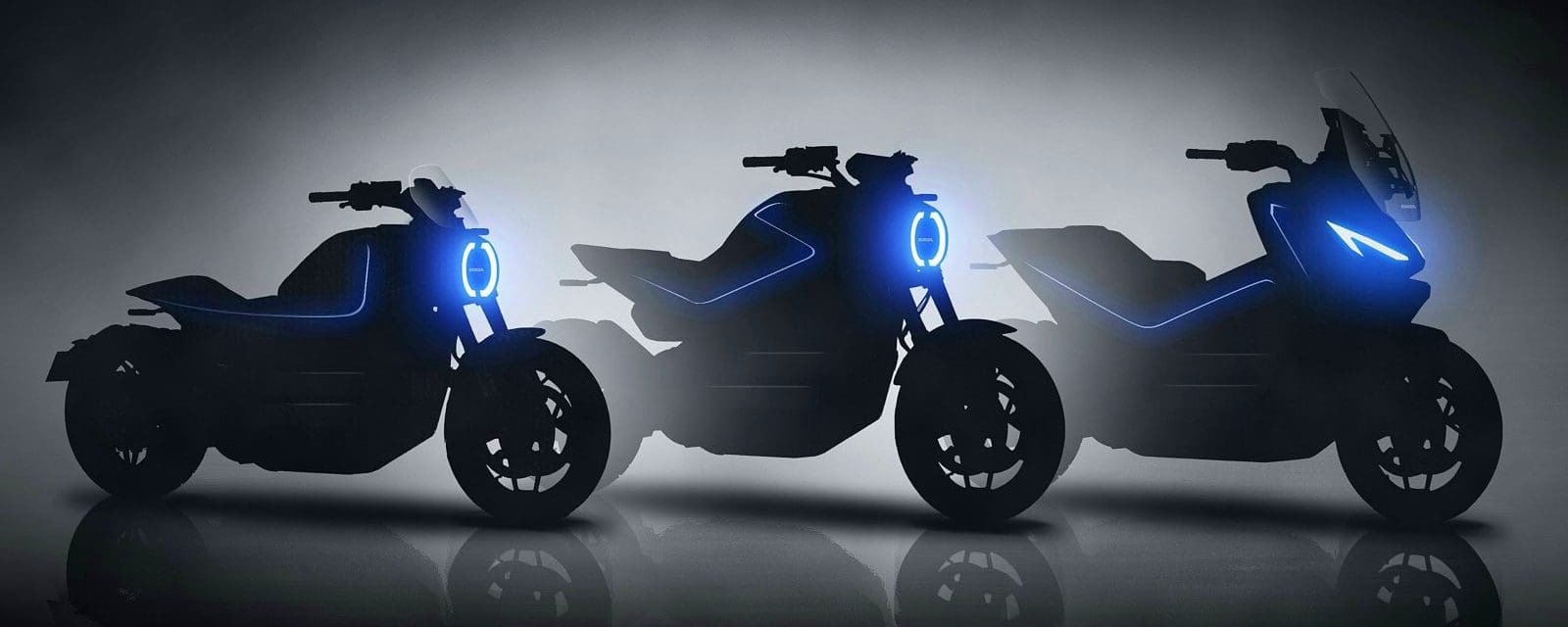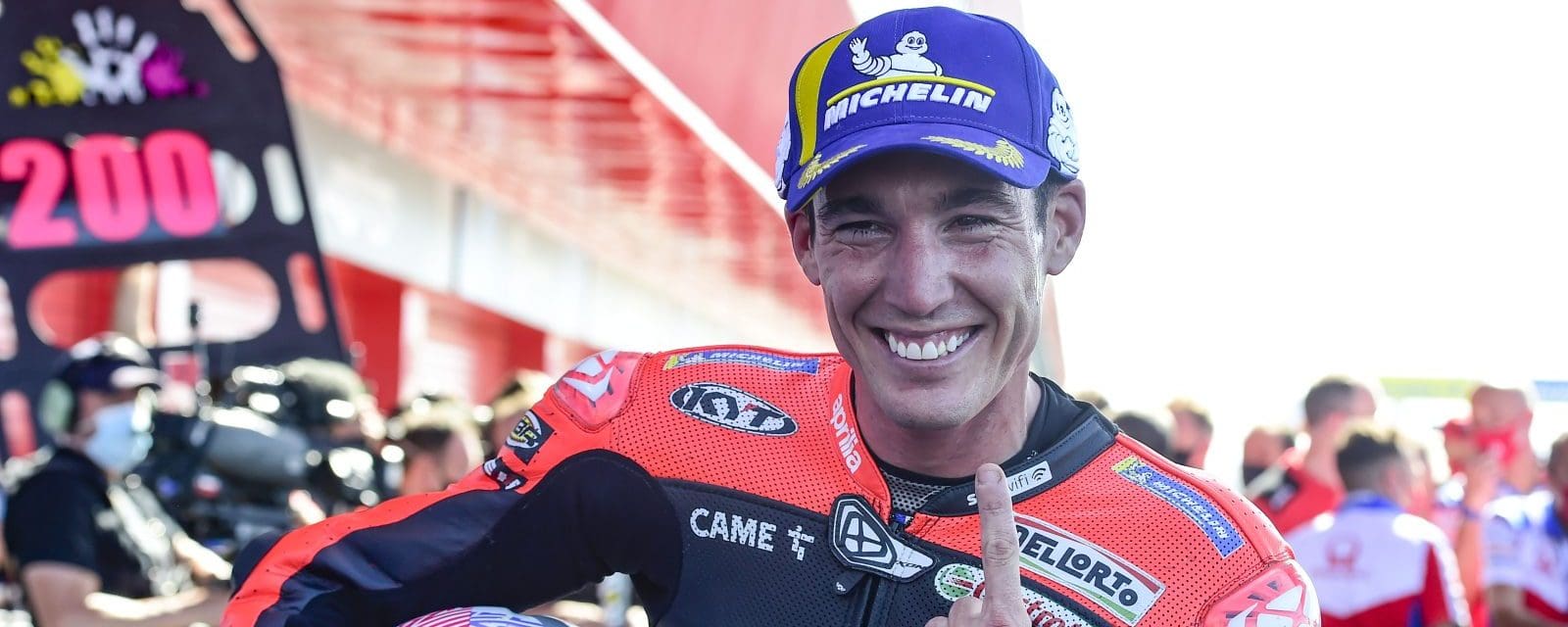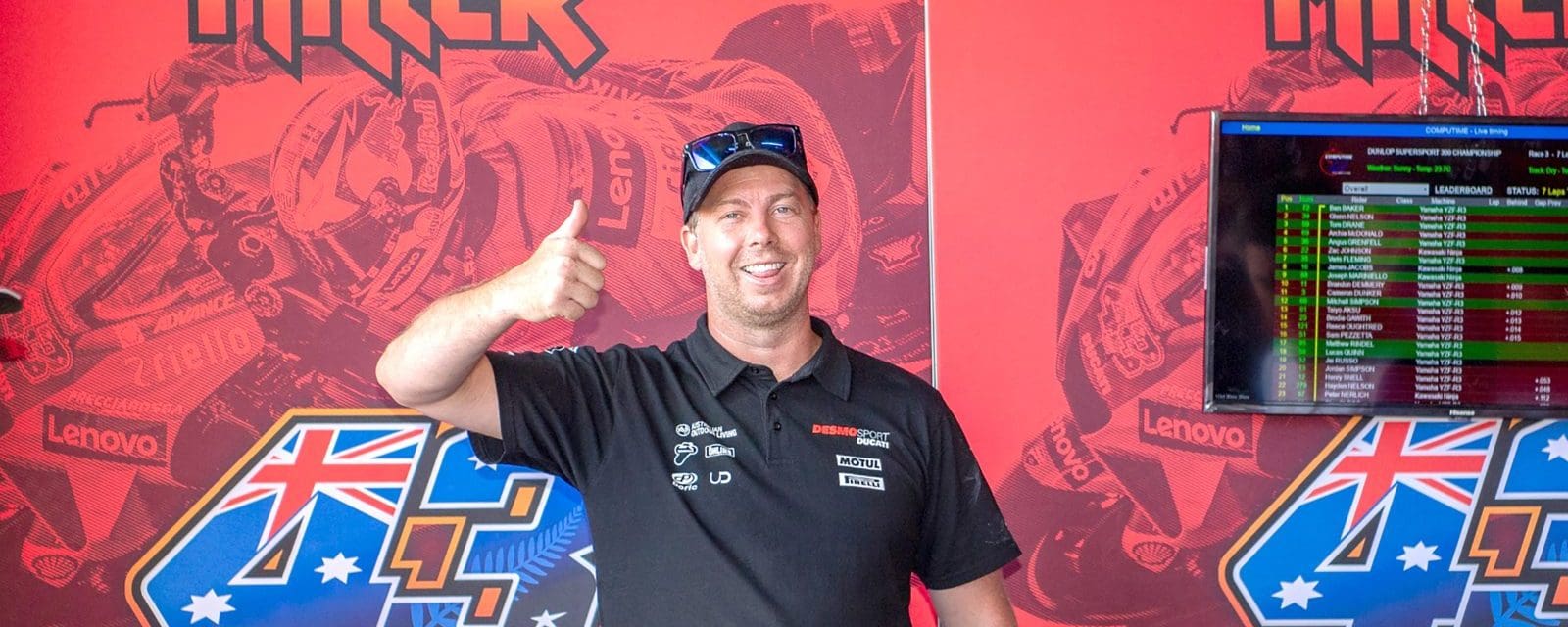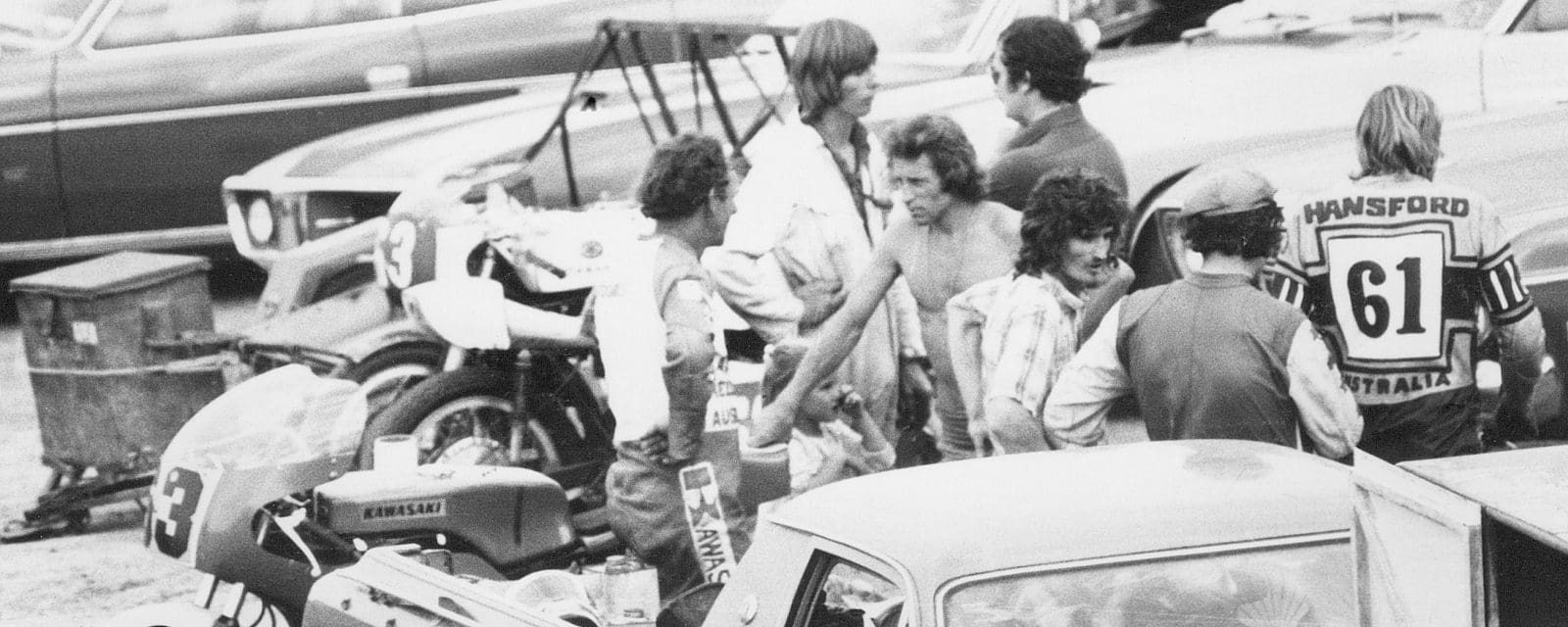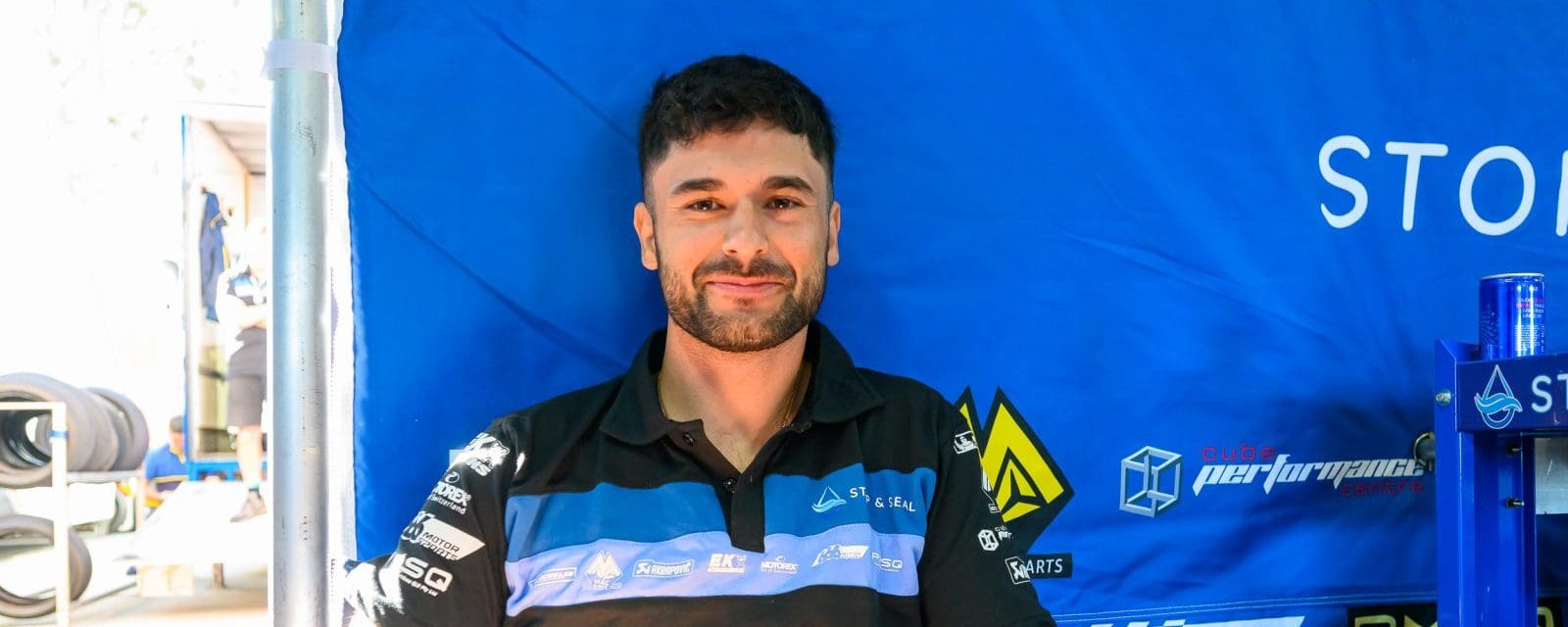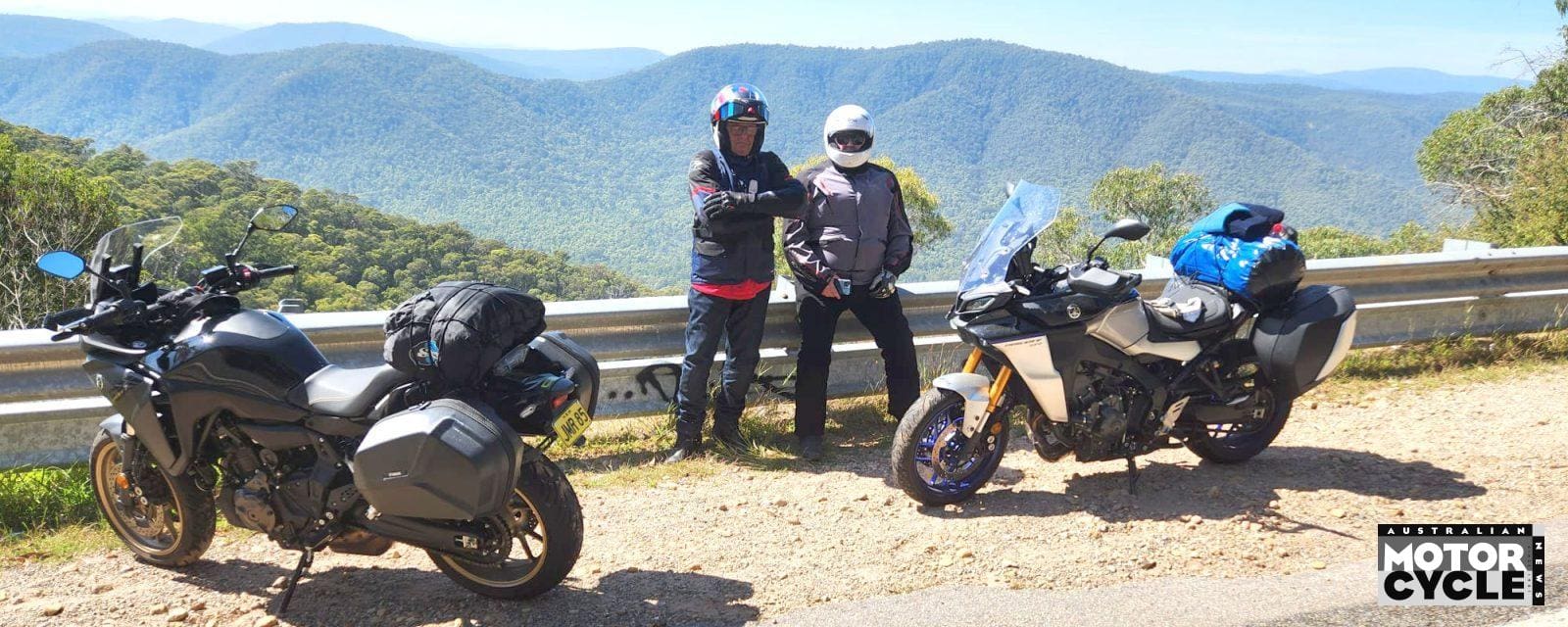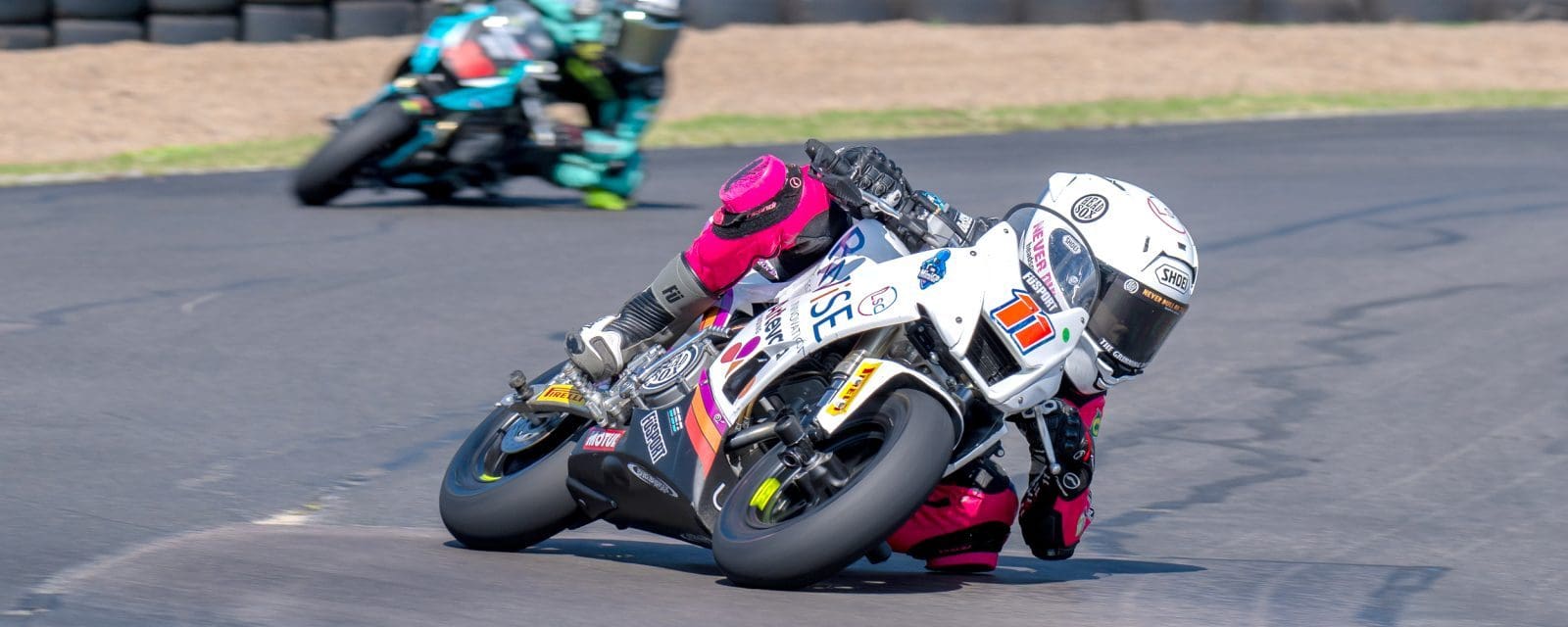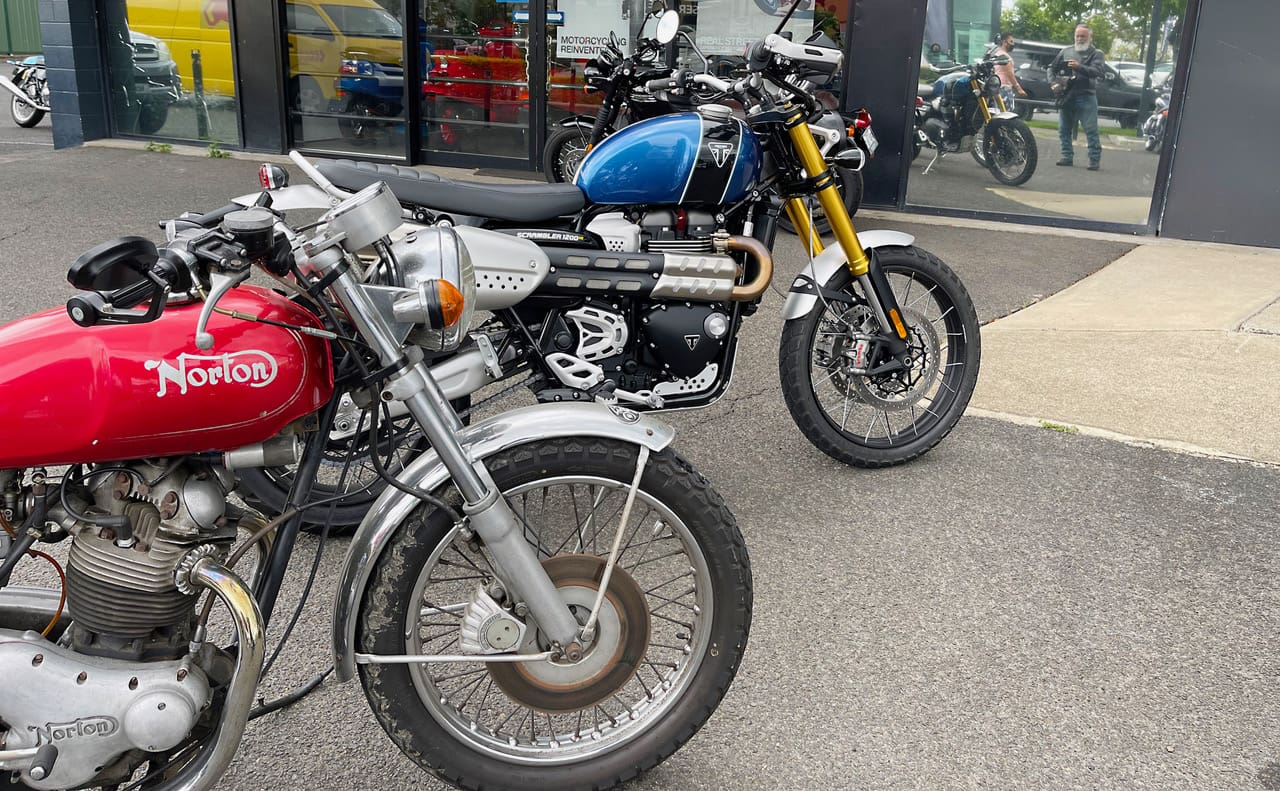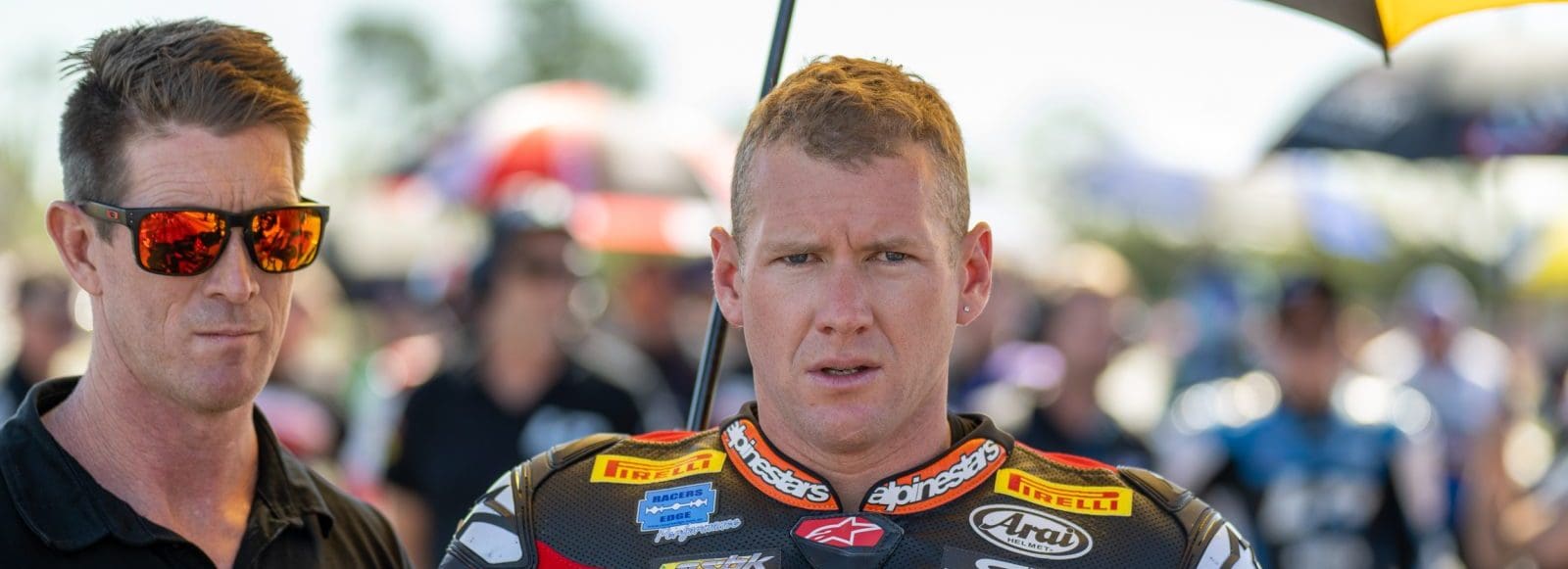Do riders dream of electric bikes? Looking at the latest sales figures from around the world the answer appears to be a resounding ‘no’ as battery-powered motorcycle registrations drop in both the West and the East.
That’s going to be a shock, with no apologies for the pun, to motorcycle manufacturers that have pinned their plans on a transition to battery-powered machines over the next decade or so, as the sales drop comes on the heels of consistent and substantial growth of the EV market over the previous few years.
The numbers are stark. Although not every country offers detailed breakdowns of its motorcycle sales and registration figures, enough do to draw some broad conclusions – and they don’t paint a happy picture for the electric motorcycle market. In Europe, four of the top five motorcycling countries – France, Italy, Spain and the UK (the European continent, not the European Union here) – all showed a drop in electric bike sales in 2023. Of the big five, only Germany has seen an increase, and it’s by a much smaller percentage than in previous years.
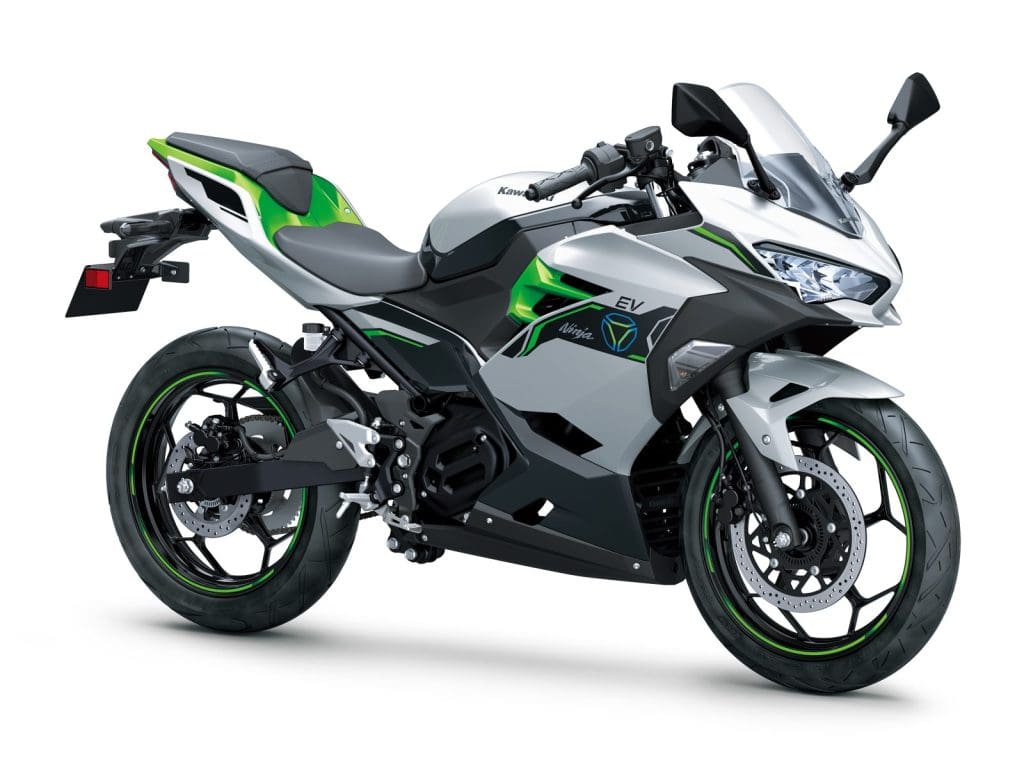
To ensure like-for-like figures from all those countries, we can look at the period from January to September 2023 and compare them to the equivalent numbers from previous years. Across all five countries there’s been a rising trend of sales of electric motorcycles and mopeds up to the end of 2022, with some pretty epic increases along the way. In 2020, for instance, there were 13,667 full-on electric motorcycles, not including mopeds, sold across those countries between January and September, up 78.3 percent compared to the same period in 2019 despite the Covid lockdowns that disrupted sales for large chunks of the year. In 2021, the equivalent January-September sales number rose another 20.8 percent to 16,514, and in 2022 it leapt again to 32,790 – a 98.6 percent hike. Unsurprisingly, towards the end of 2022 we saw announcements from several major brands that they were planning big entries to the EV field in the coming years. After all, nobody wants to miss out on a market that’s close to doubling year-on-year.
In 2023, though, there was a reversal. Combined electric motorcycle sales – again, looking at ‘real’ motorcycles rather than mopeds – dropped 14 percent to 28,204 between January and September. Still higher than any year up to and including 2021, but way down on 2022.
Electric mopeds, with top speeds below 45km/h, have always been a lot cheaper than faster, more sophisticated electric motorcycles, with bigger sales numbers to reflect that. But they’ve taken an even heavier hit in 2023. Looking at the biggest moped markets in Europe – Belgium, France, Italy, the Netherlands and Spain – the combined figure for January-September 2020 was 45,677 EV mopeds sold, a 13.3 percent increase on 2019, followed by a 22.2 percent rise to 55,836 in the same period of 2021 and another 20.8 percent hike in 2022 to 67,641 sold between January and September. In 2023? Just 49,467 electric mopeds sold in the equivalent period, a 26.9 percent decline.
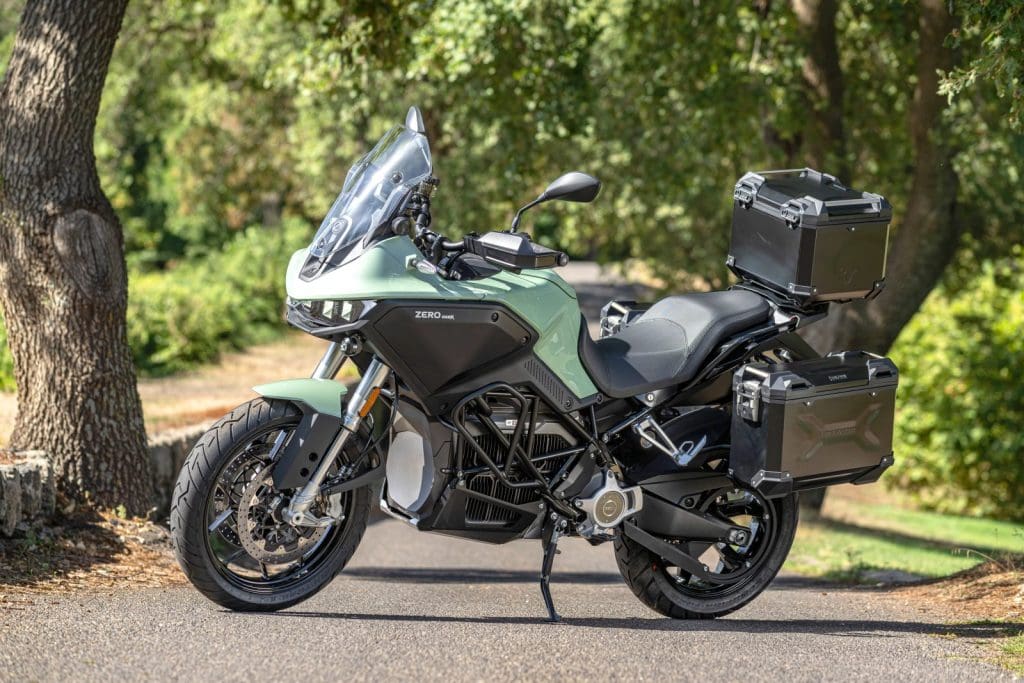
The electric bike slump in Europe isn’t part of a wider drop in motorcycle sales. In January-September 2023, the five countries we’ve talked about saw total motorcycle sales, not including mopeds, of 873,987, an 11.8 percent increase on the previous year, although moped sales dropped by 25 percent to 155,098.
That means the market share for electric bikes has taken a tumble, too. In January-September 2022, electric motorcycles accounted for 4.2 percent of bike sales in those five European markets, double the 2.1 percent they’d made up in 2021. In the same part of 2023 the electric bike market share dropped to 3.2 percent.
But that’s just Europe, of course, a stronghold for higher-priced, higher performance motorcycles, where internal combustion still rules. Surely electric bikes are seeing greater success in Asia?
Actually, no. Let’s take China, for example, as the world’s leader in both electric motorcycle manufacturing and sales. Statistics from the China Motorcycle Chamber of Commerce for 2023 show that the country manufactured nearly 5.3 million electric motorcycles in 2023 and that 4.8 million of them were sold at home. Huge numbers, certainly, but ones that still represent a substantial drop compared to previous years. Manufacturing of electric bikes was down by 30.82 percent and Chinese EV bike sales dipped by 36.97 percent. The equivalent numbers for 2022 were 7.6 million electric bikes made and around the same number sold in the country.
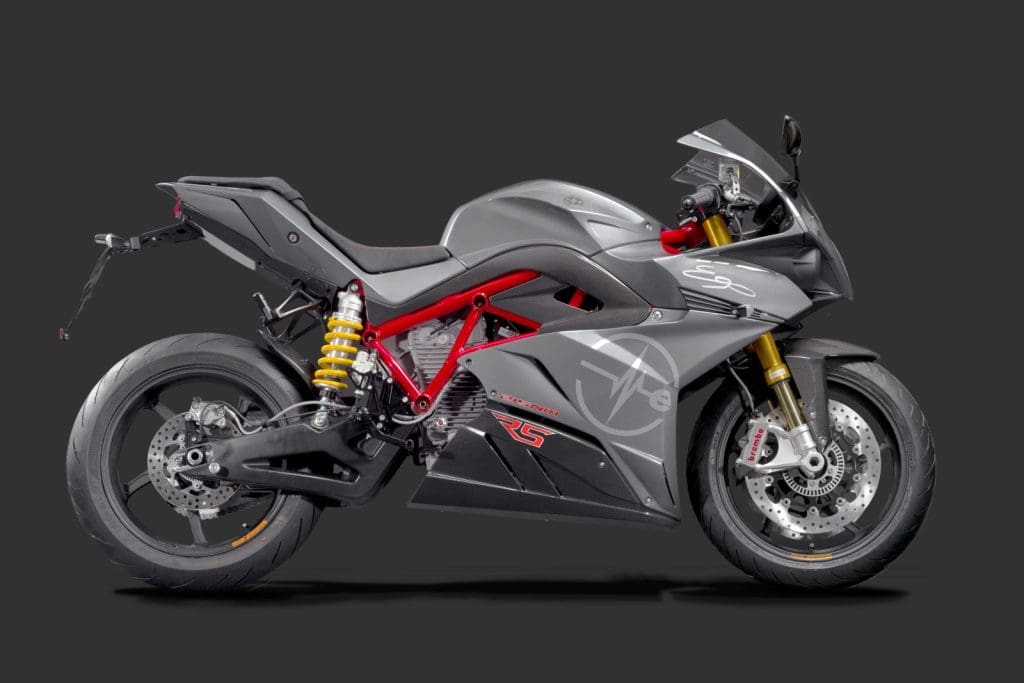
There are positives elsewhere, with India showing electric motorcycle and scooter sales of 857,000 in 2023, a rise of 36 percent on the previous year and continued growth in the early part of 2024. But the tremors in the vast Chinese EV motorcycle market, dominated by low-cost EV bikes, and the stumbling European sales, where higher-priced electric exotics might be expected to do well, don’t bode well for the immediate future of battery-powered two-wheelers.
There’s been no shortage of speculation that the electric motorcycle market is on the brink of a huge boom – and if electric powertrains end up replacing the internal combustion engine as the standard for bikes that’s going to be the case – but at the moment it looks like a lack of certainty over the future combined with always-around-the-corner improvements and new models mean buyers are hanging back.
It’s not just something that’s impacting motorcycles, either. Electric car sales, while still growing fast in many countries, are showing signs of stumbling despite several years of rapid expansion. In Germany, for instance, where electric vehicles make up a vast proportion of the market, plug-in car sales dropped from 832,000 in 2022 to 700,000 in 2023, with a market share that slumped from 31.4 percent to 24.6 percent. It’s the first decline since 2016 and comes in part due to the removal of subsidies on electric vehicles but there are other factors at play – not just in Germany but around the world – that makes the market tricky for electric vehicles. The problems include price. Electric motorcycles, like electric cars, are generally more expensive to buy than their combustion-engine equivalents. There also is distrust of the charging infrastructure. On top of that, the much-heralded plans of manufacturers might well be causing potential electric motorcycle converts to hold back on their purchase plans. We’re used to the idea that our smartphones might not look so clever after a few years as newer models come on stream, but the idea that your new electric motorcycle, bought at the premium that comes with adopting the latest technology, will become an undesirable dinosaur as soon as the next generation of battery or motor technology comes on stream is understandably off-putting. The smart money is arguably waiting for the dust to settle before making the move away from internal combustion engines (ICE).
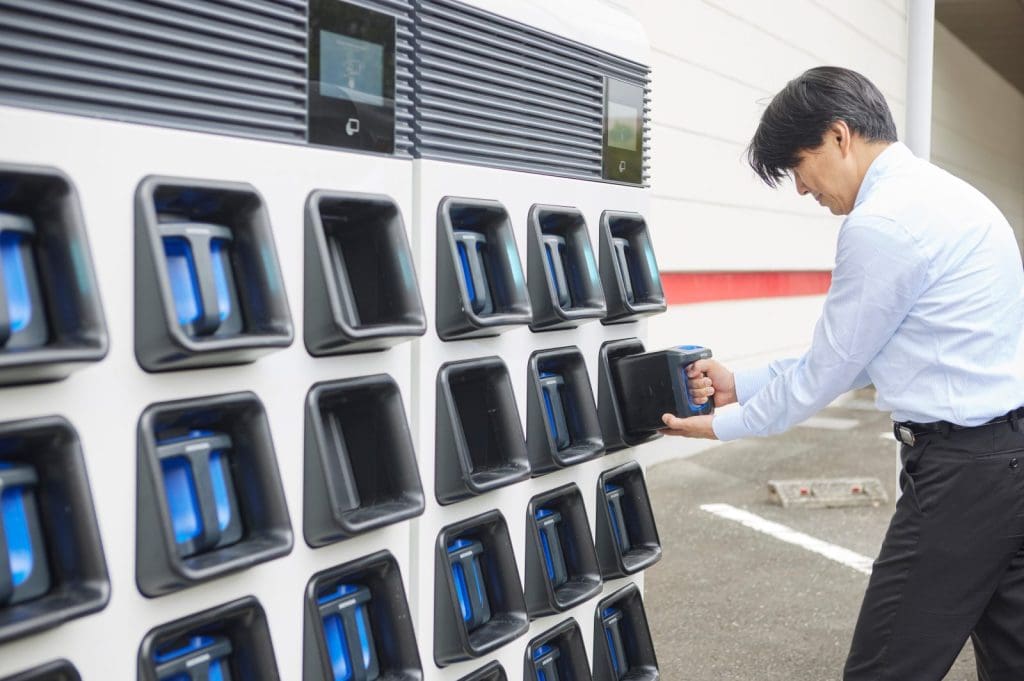
Unlike cars, electric bikes don’t offer the sort of fuel savings that will offset their additional purchase price either. Bikes naturally sip fuel more frugally than cars and their owners generally don’t cover enough miles for the savings to be found by using electric power. That means, at the moment, you opt for electric either because it’s more convenient or because you’re an early-adopter who’s prepared to pay for the experience of being at the bleeding edge of new technology.
There’s still a steep learning curve that comes with the switch to electric, too. You need to plan around the bike’s range and charging times, and the availability and location of charging stations if you’re going far. Then there’s understanding how electric range is affected by speed, load, even the ambient temperature, as well as the difference between AC and DC charging, a variety of different plug standards and a huge variance in charging rates. One day soon the differences between CHAdeMO and CCS, AC and DC will be as obvious to riders as the difference between choosing the petrol or the diesel pump, but we’re not there yet.
Even when electric bikes do become mainstream, they’re likely to create a more complex market than the one we have now.
Look at Honda, for instance. It’s working on a wide range of electric models for the not-too-distant future, but with a multitude of different technologies and approaches. Some will have swappable batteries, for instance, allowing near-instant refueling provided you have access to another, freshly-charged pack. Others will have batteries built into the chassis, so they can’t be swapped but making for a more compact, more energy-dense package. Honda is expecting to adopt lithium ferro-phosphate (LFP or LiFePO4) batteries for some bikes in 2025, which are expected to offer reduced range but faster recharging, but the company is also developing solid-state battery tech that promises the best of both worlds. With all that choice and so little experience to draw upon, customers can be excused for being a little bewildered and apprehensive that something much better is just around the corner.
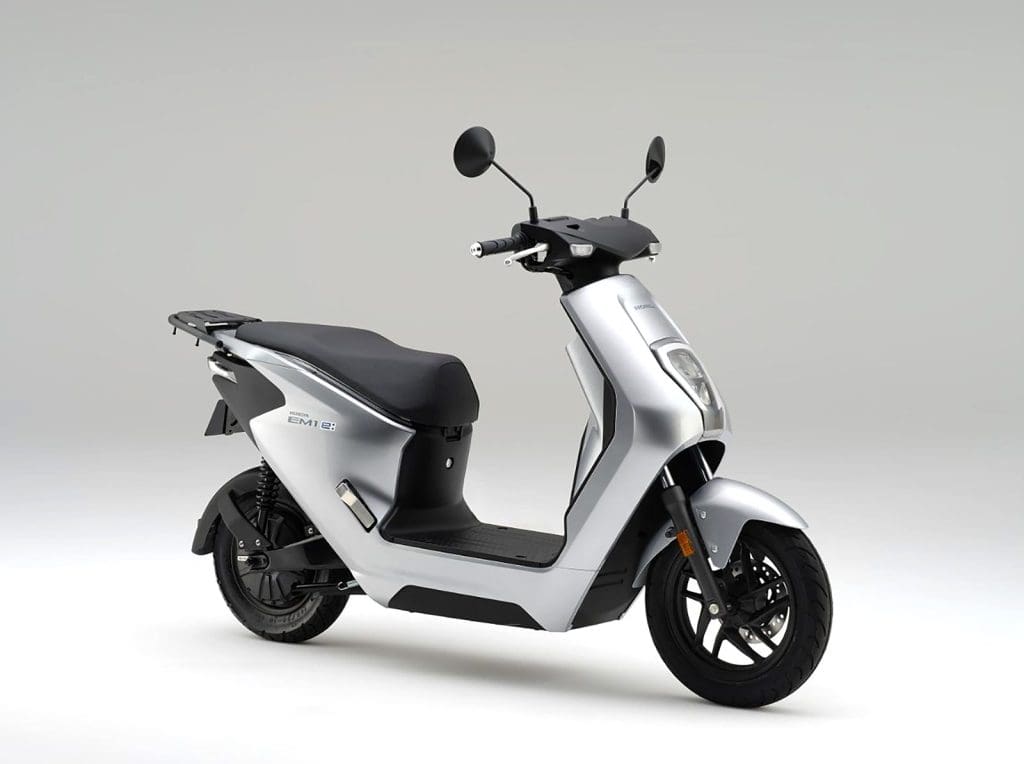
Even if advancing technology doesn’t lead to the sort of range, recharging and useability improvements that might make today’s generation of electric motorcycles into outdated paperweights a few years down the line, manufacturers are already promising much cheaper bikes in the future. Honda wants to halve the price of electric bikes by 2030 but if the new versions will cost half as much as the current generation where’s the incentive to become an early adopter?
The focus from big manufacturers is heavily tilted towards the lower-performance, lower-cost end of the market, which reflects the fact that electric bike sales are currently biased towards cheap transport rather than headline-grabbing EV exotics. It’s a navigable route forward for low-performance electric bikes, but not one without pitfalls. One of the main reasons behind the collapse of the once-huge moped market in Europe is the growth of largely unregulated e-bicycles and e-scooters which can be ridden without licences or insurance.
What’s also lacking is a motorcycle or motorcycle company that’s been able to achieve on two wheels what Tesla has done on four. Tesla managed to create an electric car with performance that shamed ICE equivalents, had enough range for most situations with rapid charging and – most importantly – was accompanied by an unrivalled network of high-speed chargers.
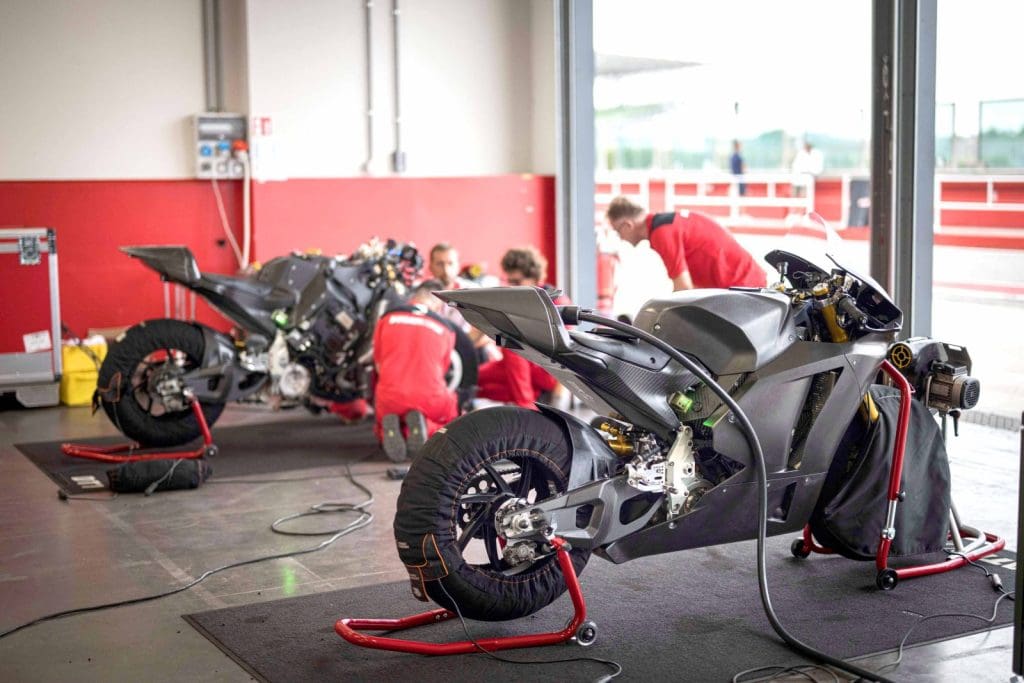
So while it’s becoming easier to see a route to electrification for low-performance, low-cost, utilitarian bikes, the future for ambitious, high-performance EV motorcycles remains far from clear. And since most motorcyclists in the West are leisure riders that’s an elephant in the room that really needs to be addressed if battery power is to become a dominant force.
There are companies that might be able to do it. Zero has an increasingly impressive track record, and LiveWire’s new ‘Arrow’ modular electric platform – soon to be shared with Kymco for a cheaper model – has potential, while Can-Am is also an intriguing upcoming entry to the market with its planned Pulse and Origin electric bikes. Elsewhere, the likes of Damon Motors and Verge are all-electric newcomers to the market with impressive-looking products.
While there is hope, the path to an electric motorcycle future is also littered with broken dreams. Most recently, Britain’s Arc Vehicles, the company behind the Vector motorcycle, went into liquidation. It joined a list of promising electric projects – Brammo and Alta Motors, for instance – that haven’t made it.
WHICH ELECTRIC BIKES ARE SELLING?
IT’S NOT EASY to get a detailed breakdown of every make and model of bike that’s sold each year in many countries but we can get an insight into the sort of electric motorcycles that are finding buyers by looking at new models registered in the UK. It’s a relatively wealthy country with a disproportionate love of motorcycles – you’ve got to be passionate to ride in British weather – and a market that’s dominated by riders who use their bikes for leisure rather than as daily transport.
Electric bike sales over there still make up a very small proportion of the market and, like the wider European figures we mentioned earlier, they’ve experienced a substantial drop in 2023, with 1857 electric motorcycles sold in January-September last year, compared with 2925 in the same period of 2022, a decline of 36.5 percent. Overall the country has just under 20,000 electric bikes registered with owners, and of those about 14,000 are actually in use. It’s a tiny number when compared to the 1.5 million motorcycles on the road.
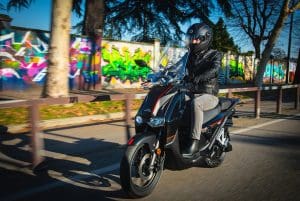
And the most common models are at the cheap, low-performance end of the market, with Super Soco’s CPx scooter accounting for nearly 13 percent of all the electric bikes on the road. In short, they’re generally low-cost, low-performance, city-oriented bikes – not exactly the Teslas of the two-wheeled world.
Turn the attention to higher-end electric bikes and it’s clear they’re still having a real struggle to attract customers. Official figures show that there were only 197 Zero SR/F and SR/S models on British roads in Q3 of 2023, for example, while just 98 riders could be found with a LiveWire One or Harley LiveWire at the same period, and only 50 Energica electric bikes of all types.
The implication is clear. Even among the most enthusiastic of motorcyclists, it’s still hard to find many who are yet ready to part with their money for a high-performance electric motorcycle. At present sales are heavily angled towards the utilitarian end of the market, bought for very specific needs, with money spent on electric bikes that are probably expected to live short, hard lives – making resale value and longevity a secondary consideration, if it’s a consideration at all.
WHAT STAGE ARE BIG MANUFACTURERS AT?
HONDA SAYS it will have 30 electric motorcycle models in its range by 2030, with global sales of four million per year. The plan is to have battery-powered models in all the major classes, including supersports, nakeds, kids’ bikes, offroad bikes and ATVs.
Kawasaki is already in the electric bike market with the Ninja e-1 and Z e-1, as well as the halfway-house Ninja 7 Hybrid and Z 7 Hybrid models, but three years ago announced it would have 10 electric models in its range by 2025. That means at least another six are due this year. It also said that by 2035 all the bikes it sells in Australia, as well as the US, Canada, Europe and Japan, would be either fully electric or hybrid.
Yamaha has been less forthcoming when it comes to making big statements about how many electric models will be sold, and by what date, but the company unveiled the E01 and NEO’s electric scooters in 2023.
Suzuki, while lagging a little on production electric bikes, has been trialling its battery-swappable e-Burgman scooter in Japan and plans to launch ‘small and midsized (electric) motorcycles in 2024’.
By 2030 Suzuki intends to have eight electric models in its range.
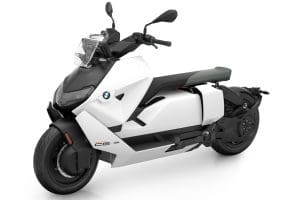
BMW is leading the way with electrification – now selling its second generation of battery-powered models with the CE-04, which replaced the C Evolution, and the CE-02. Electric motorcycles are under development, too.
Ducati, which has been learning plenty of lessons in battery power by providing one-make racebikes for the Moto E championship, still believes that viable electric street motorcycles with performance and range that meet its customers’ expectations are some way off.
Triumph has learnt from its prototype TE-1 electric bike project but has yet to make any claims as to when we will see a production battery-powered model. KTM, meanwhile, has many years of experience with electric bikes – it was a pioneer in the field with the Freeride E, launched 13 years ago no back in 2011 – but believes battery power is only suitable for machines equivalent to 250cc or below.
WORDS & PHOTOS: BEN PURVIS
